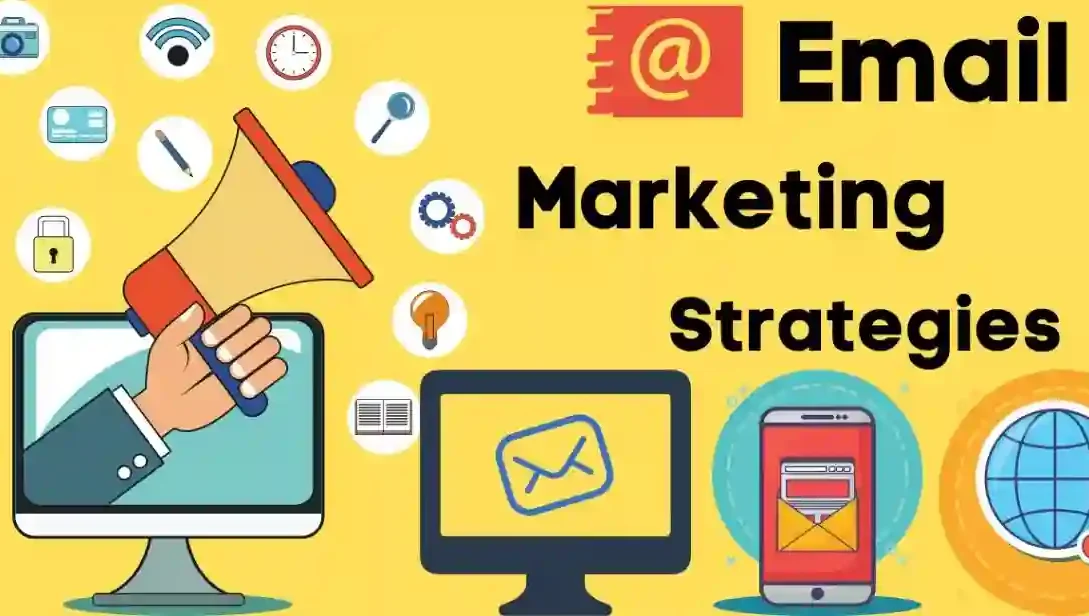In the fast-paced world of digital marketing, businesses are always seeking innovative ways to connect with their audience and streamline their efforts. Enter Email Marketing Automation, a powerful tool that allows you to send targeted messages to your subscribers at the right time, without the need for manual intervention. It’s like having a well-oiled machine that works tirelessly to engage your audience and drive results. Let’s delve into the world of Email Marketing Automation and discover how it can revolutionize your marketing campaigns for efficiency and effectiveness.
Picture this: You’re a busy marketer with a growing list of subscribers, each with their unique preferences and behaviors. Managing and nurturing this list manually is a daunting task. This is where Email Marketing Automation comes to the rescue. It’s like having a personal assistant who sends the right message to the right person at the right time, freeing you to focus on strategy and creativity.
So, what exactly is Email Marketing Automation, and how can it benefit your business? Let’s explore the ins and outs of this powerful tool.
- Demystifying Email Marketing Automation: At its core, Email Marketing Automation is the use of technology and predefined workflows to send emails to subscribers based on their actions or predefined criteria. These workflows can include welcome emails, abandoned cart reminders, product recommendations, and much more. Automation takes the manual effort out of sending emails and allows you to create personalized, timely, and relevant messages.
- Understanding Workflow Triggers: In Email Marketing Automation, triggers are the events or actions that initiate a series of automated emails. Triggers can be as simple as a subscriber joining your list, making a purchase, clicking a link, or even a specific date, such as a subscriber’s birthday. These triggers determine when and how emails are sent.
- Segmentation for Personalization: Effective Email Marketing Automation relies on segmentation. You can divide your subscribers into segments based on demographics, behavior, or other criteria. This segmentation enables you to tailor your messages to each group’s interests and needs, increasing relevance and engagement.
- Dynamic Content: Dynamic content is a game-changer in Email Marketing Automation. It allows you to create one email with various content blocks that change based on the recipient’s preferences or behavior. This ensures that each subscriber sees content that resonates with them.
- Testing and Optimization: Automation doesn’t mean “set it and forget it.” Regular testing and optimization of your automated campaigns are crucial for improving results over time. A/B testing different elements of your emails, such as subject lines or call-to-action buttons, can help refine your approach.
- Integration with Other Tools: Email Marketing Automation platforms often integrate seamlessly with other marketing tools, such as customer relationship management (CRM) systems and e-commerce platforms. This integration streamlines data management and enhances the overall efficiency of your marketing efforts.
- Reporting and Analytics: Email Marketing Automation platforms provide detailed reporting and analytics. You can track open rates, click-through rates, conversion rates, and more. These insights help you understand what’s working and what needs improvement.
Now, let’s explore the tangible benefits that Email Marketing Automation can bring to your business:
- Time Efficiency: One of the most significant advantages of Email Marketing Automation is the time it saves. You can create and schedule emails in advance, allowing you to focus on other essential aspects of your marketing strategy.
- Personalization at Scale: Automation enables you to send personalized messages to your entire subscriber base, even if it consists of thousands or millions of contacts. This level of personalization can significantly improve engagement and conversion rates.
- Higher Engagement: Automated emails are often triggered by subscriber actions or interests, making them highly relevant. Subscribers are more likely to engage with content that addresses their specific needs or preferences.
- Improved Lead Nurturing: Automated workflows can nurture leads through the sales funnel. From welcome emails to follow-up sequences, you can guide subscribers from awareness to conversion, all while providing valuable content.
- Reduced Human Error: Automation eliminates the risk of human error in manual email campaigns. Once you set up your workflows, emails are sent according to predefined rules, reducing the chance of mistakes.
- Consistency in Messaging: Automation ensures that subscribers receive consistent messaging and branding across all their interactions with your brand. This consistency builds trust and strengthens your brand identity.
- Enhanced Data Insights: Automation platforms provide robust data insights that can inform your overall marketing strategy. You can identify trends, pinpoint areas for improvement, and make data-driven decisions.
- Scalability: Whether you have a small subscriber list or a massive database, Email Marketing Automation scales to meet your needs. As your business grows, your automated campaigns can adapt accordingly.
- Increased ROI: By sending targeted and relevant messages, Email Marketing Automation often leads to higher conversion rates and a more significant return on investment (ROI) compared to manual campaigns.
However, it’s important to acknowledge the challenges and considerations of Email Marketing Automation:
- Initial Setup: Setting up Email Marketing Automation workflows and segmentation can be time-consuming initially. However, the time invested pays off in the long run with increased efficiency.
- Content Creation: Automation relies on well-crafted content. Ensure you have a library of engaging emails and content blocks to use in your automated campaigns.
- Monitoring and Optimization: While automation handles many tasks, ongoing monitoring and optimization are essential for maintaining the effectiveness of your campaigns.
- Data Management: Proper data management and hygiene are crucial for the success of Email Marketing Automation. Ensure your contact lists are clean and up-to-date to avoid issues with deliverability and engagement.
- Testing and Learning: Don’t be afraid to experiment with different automation strategies and workflows. Learning from failures and successes is part of the process.
In conclusion, Email Marketing Automation is a game-changer for businesses seeking to streamline their marketing efforts, enhance personalization, and boost efficiency. It’s like having a marketing assistant that works tirelessly to engage your audience and drive results. By understanding the basics, leveraging triggers, embracing segmentation, and continuously optimizing your automated campaigns, you can harness the power of Email Marketing Automation to achieve greater efficiency and effectiveness in your digital marketing strategy. So, are you ready to automate your way to success?




